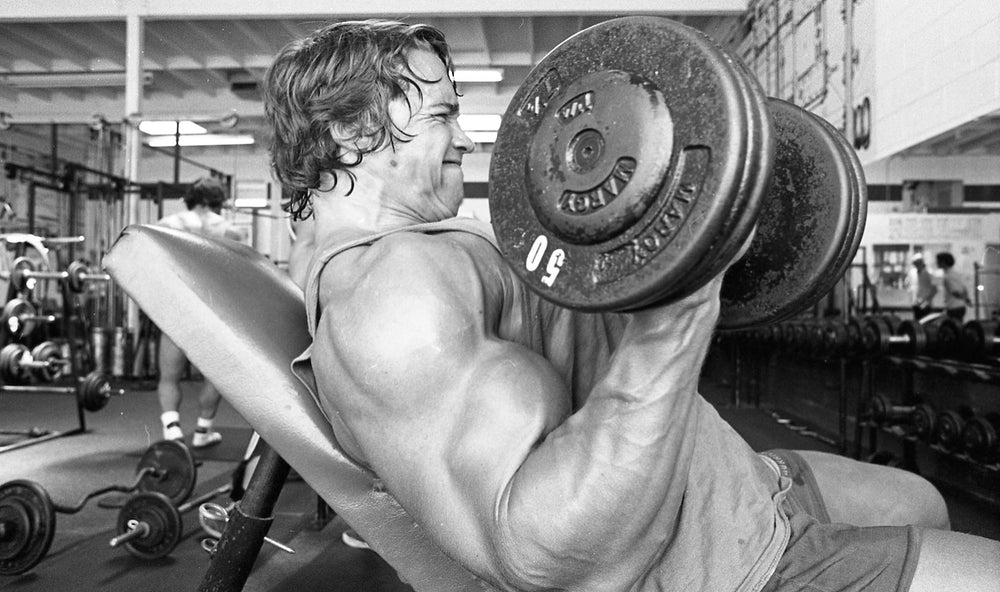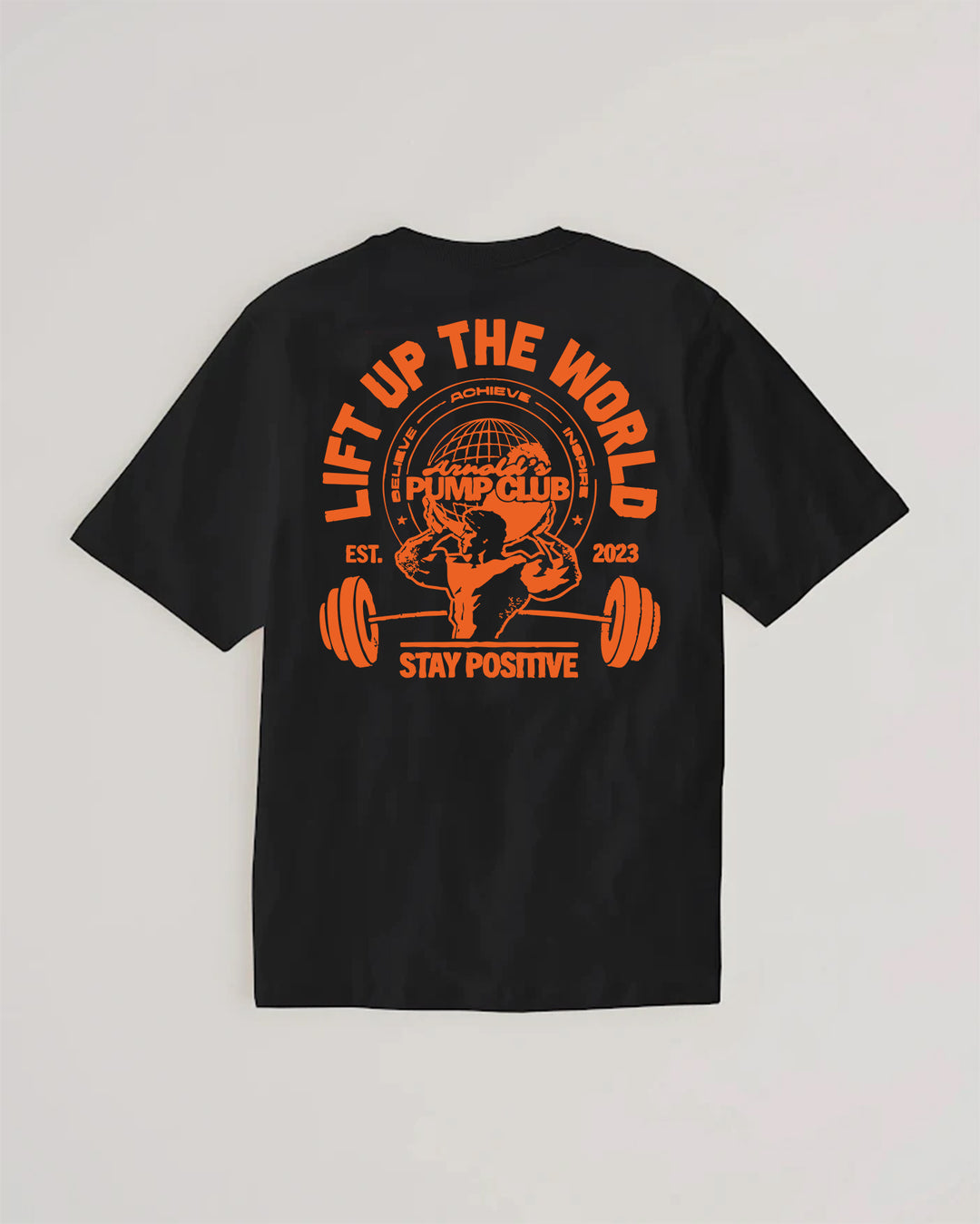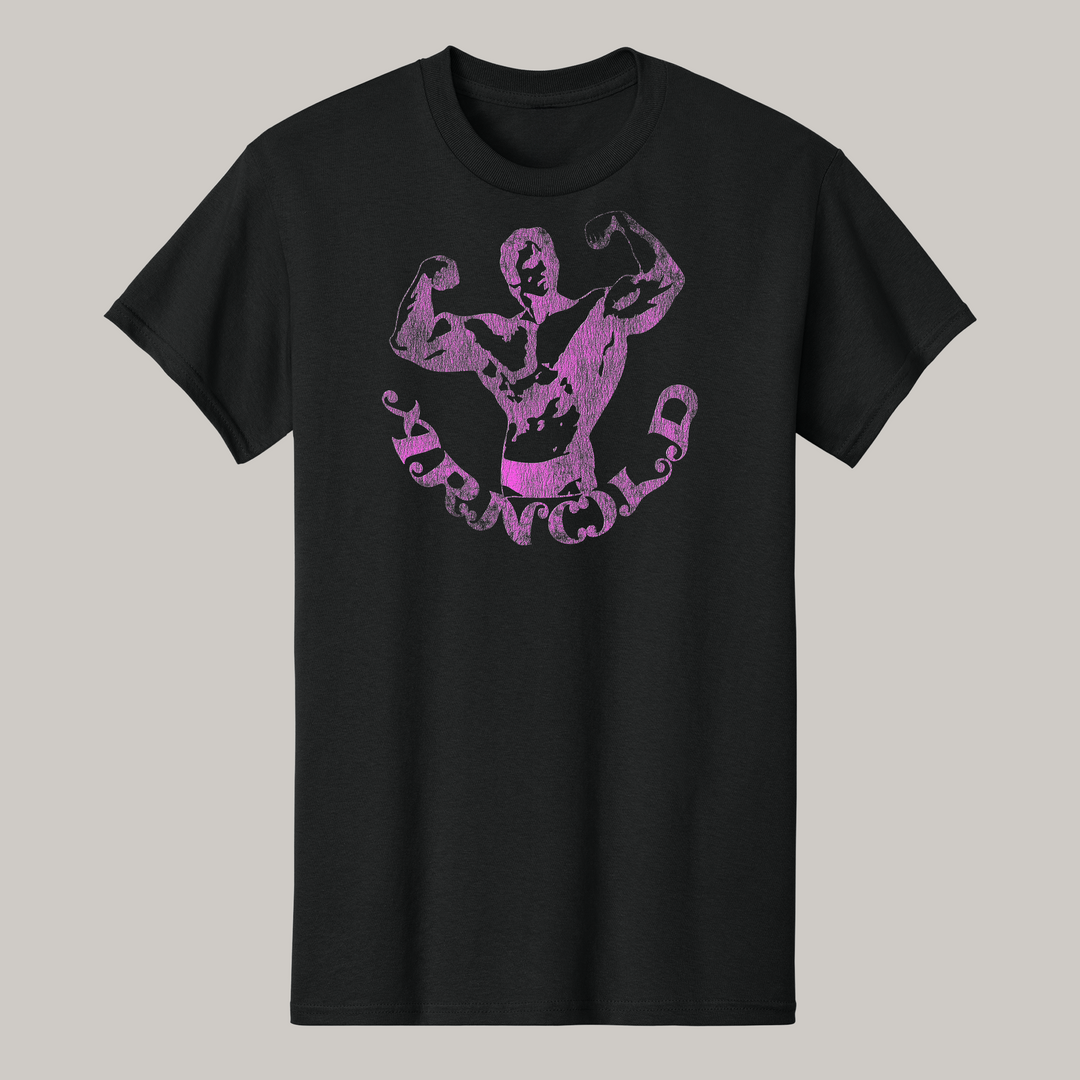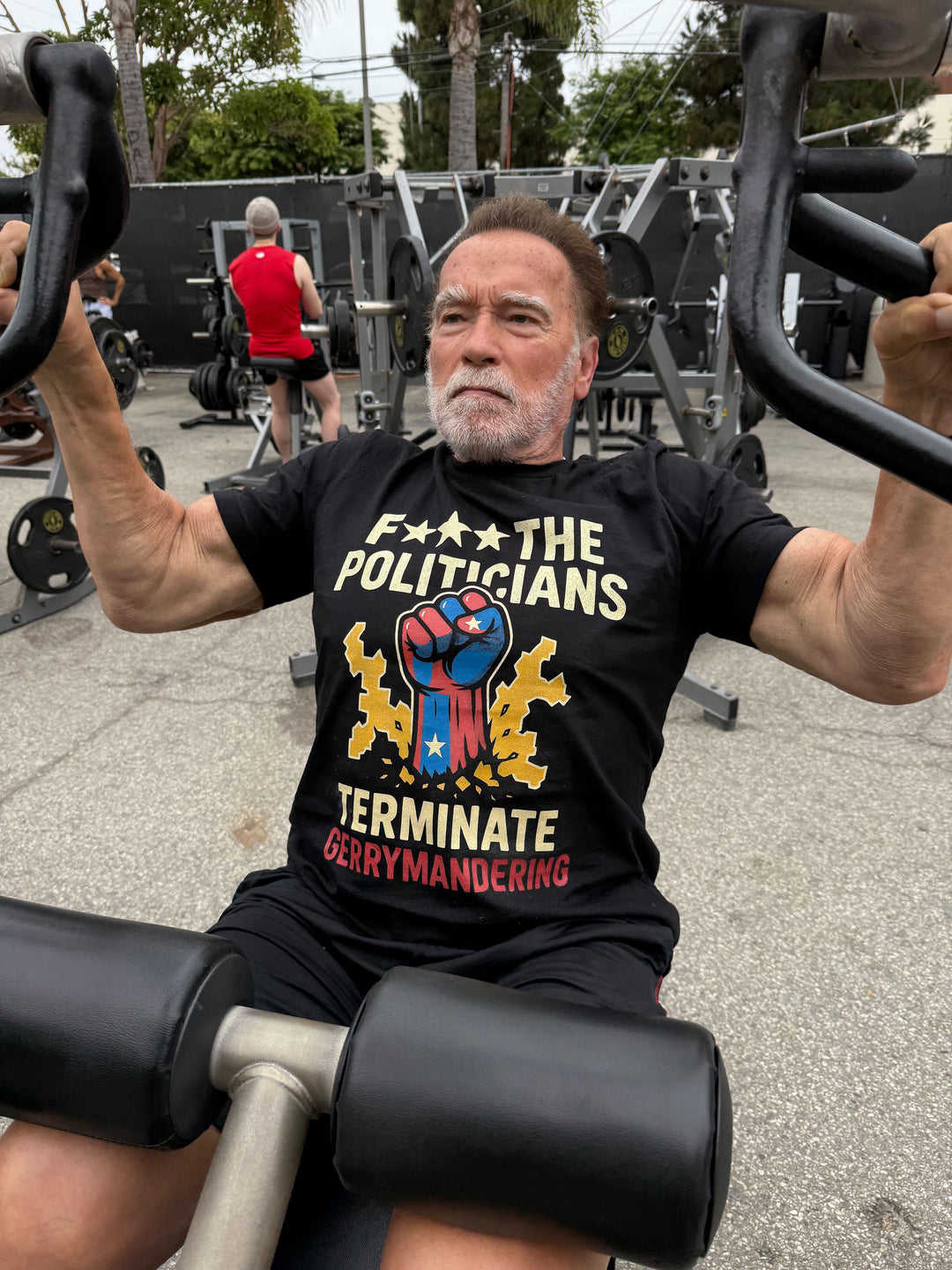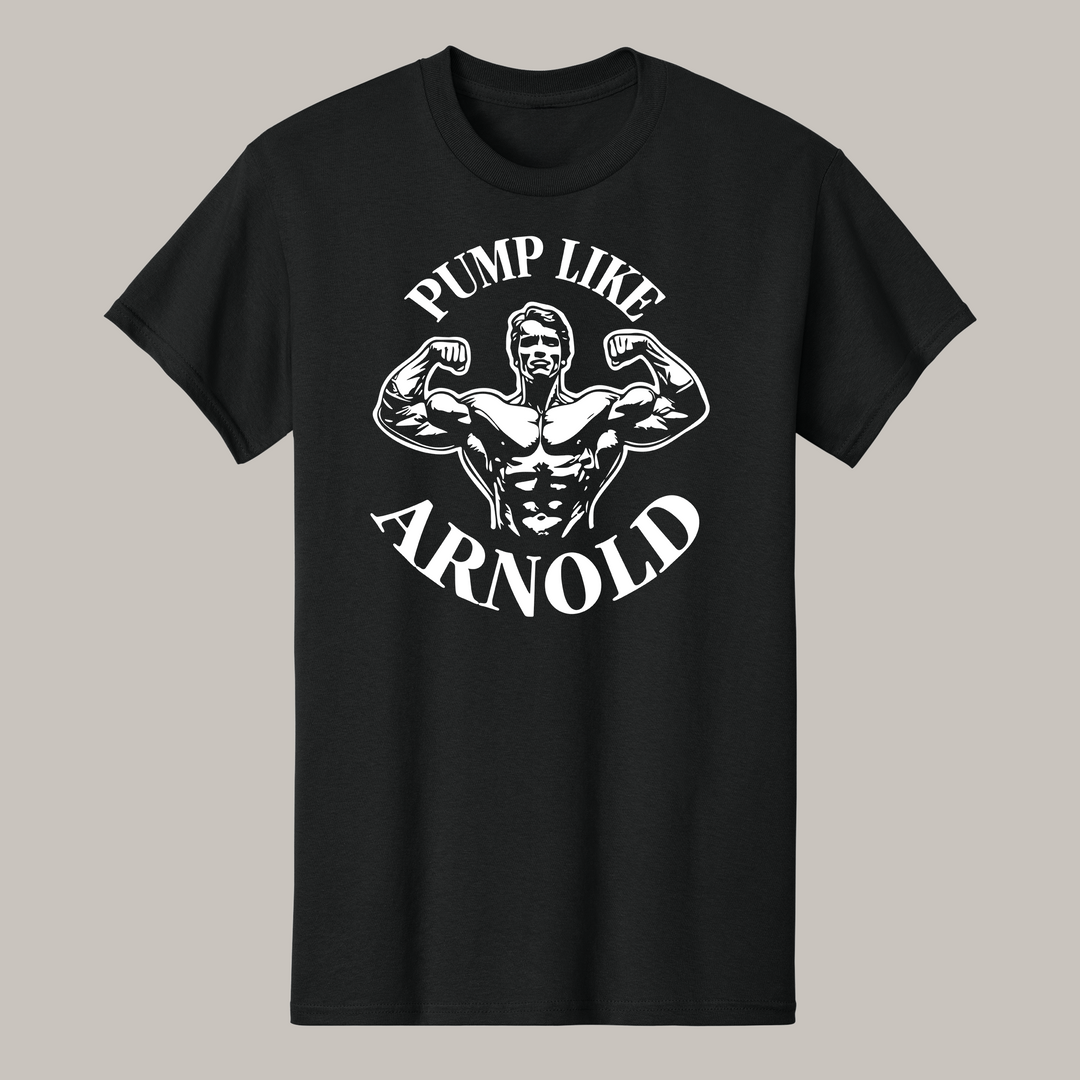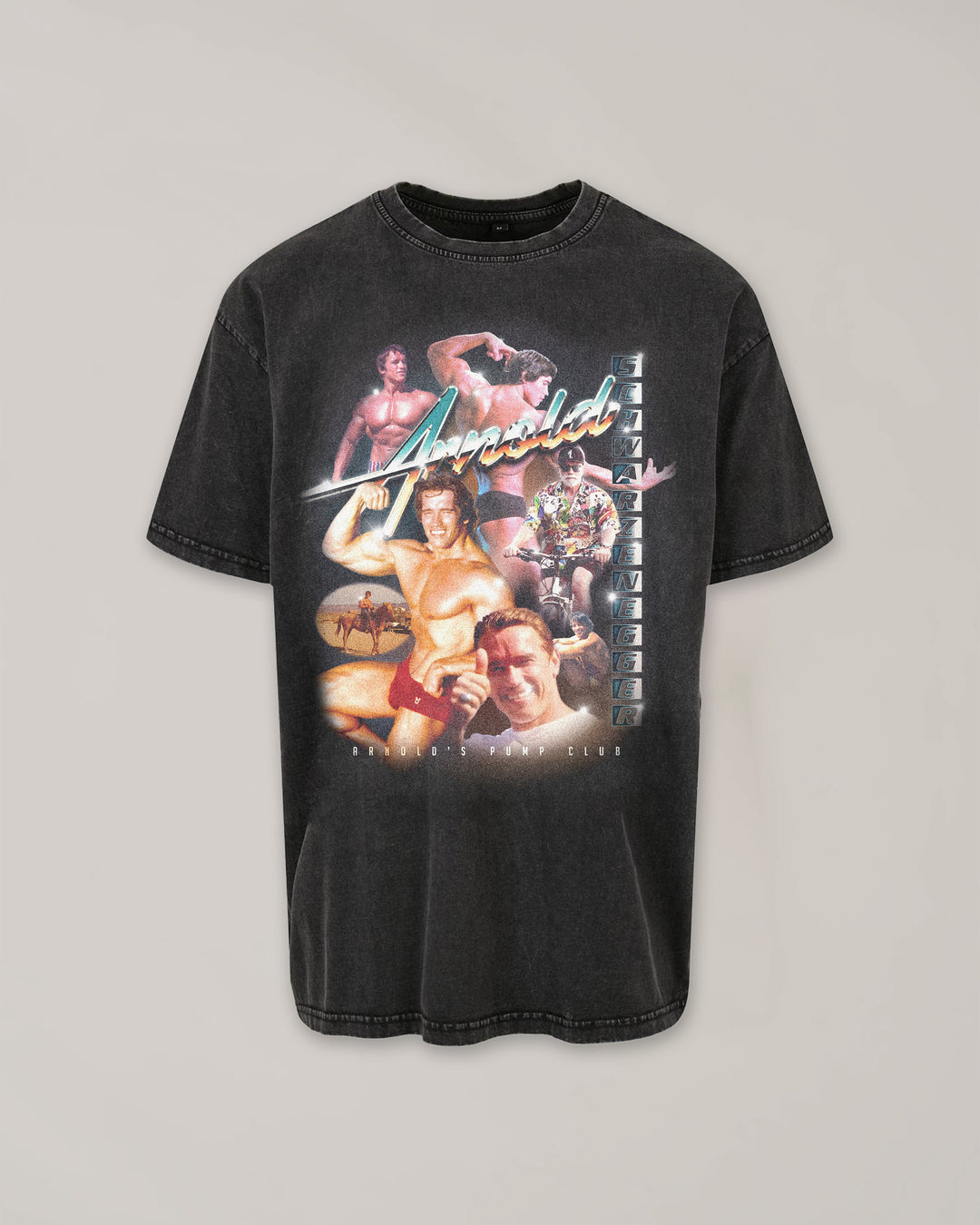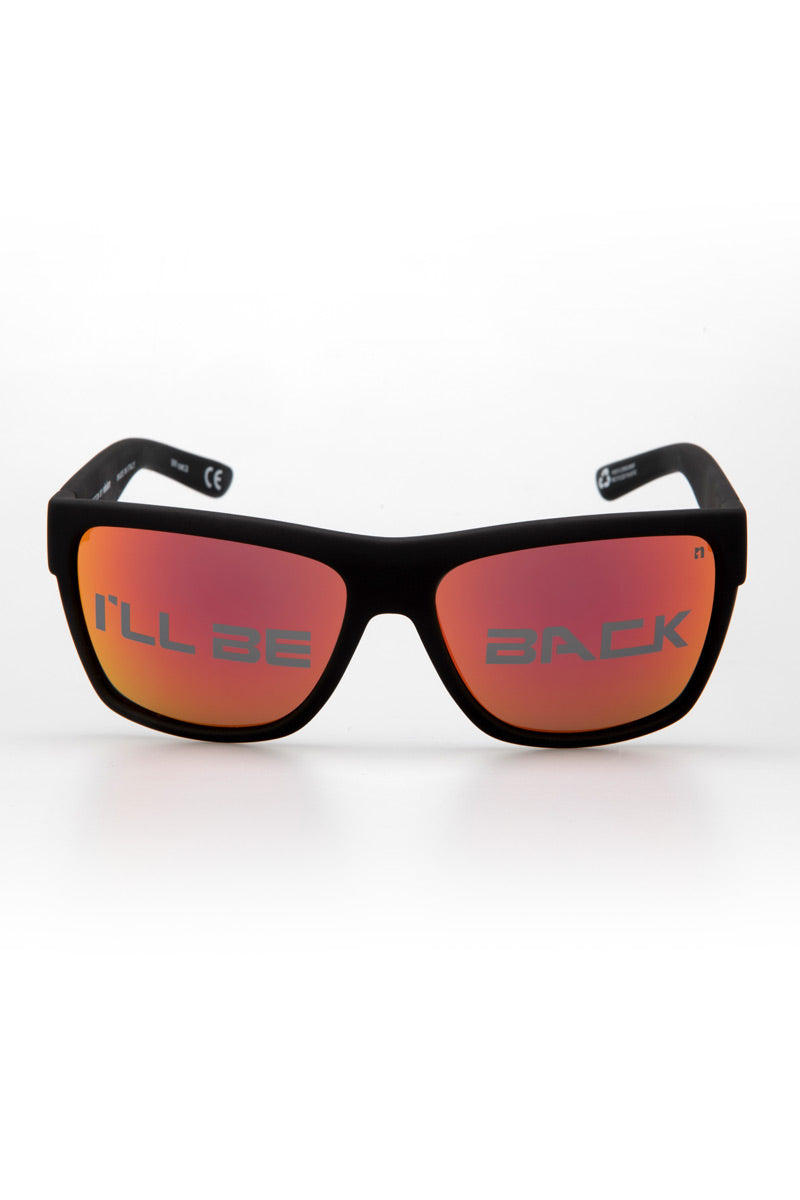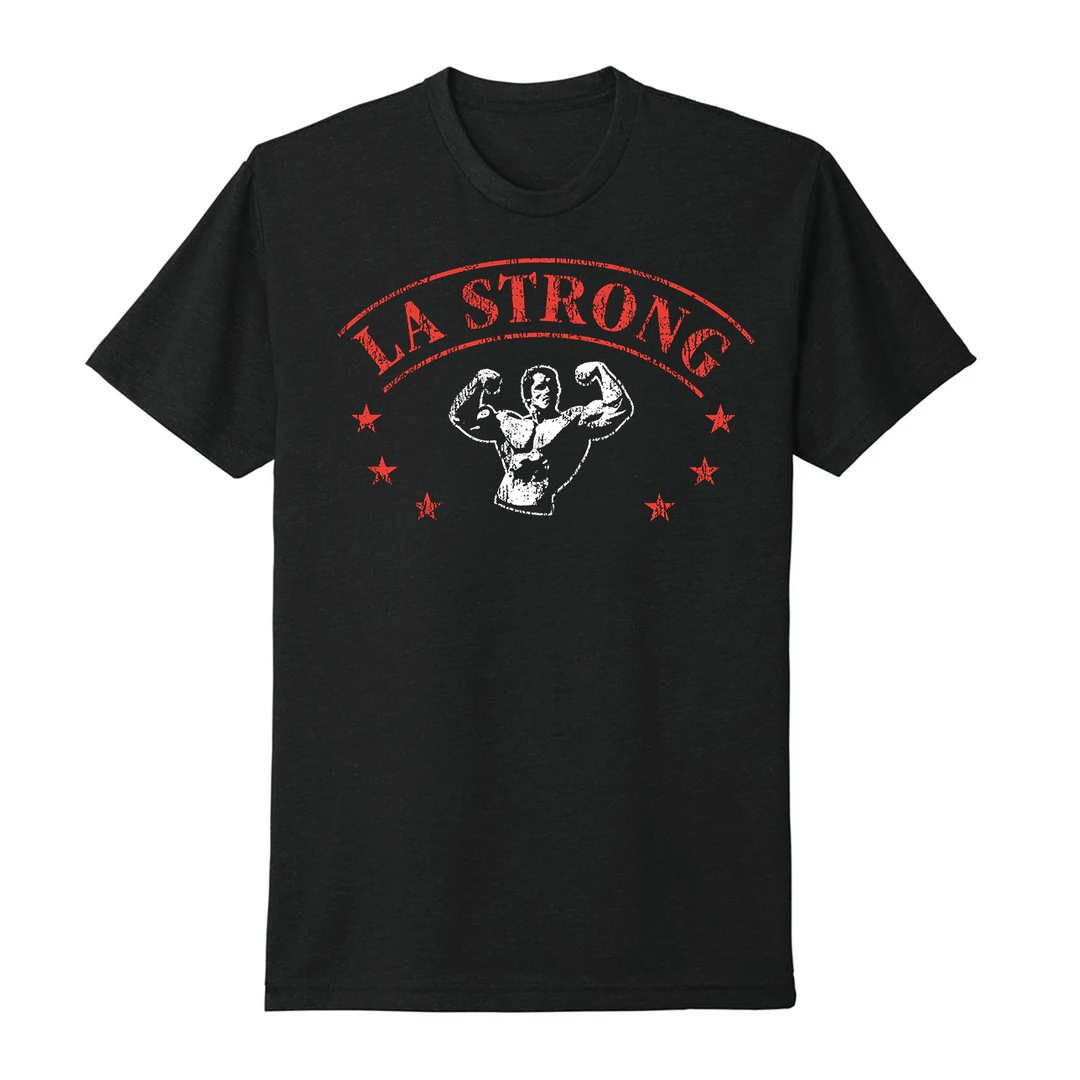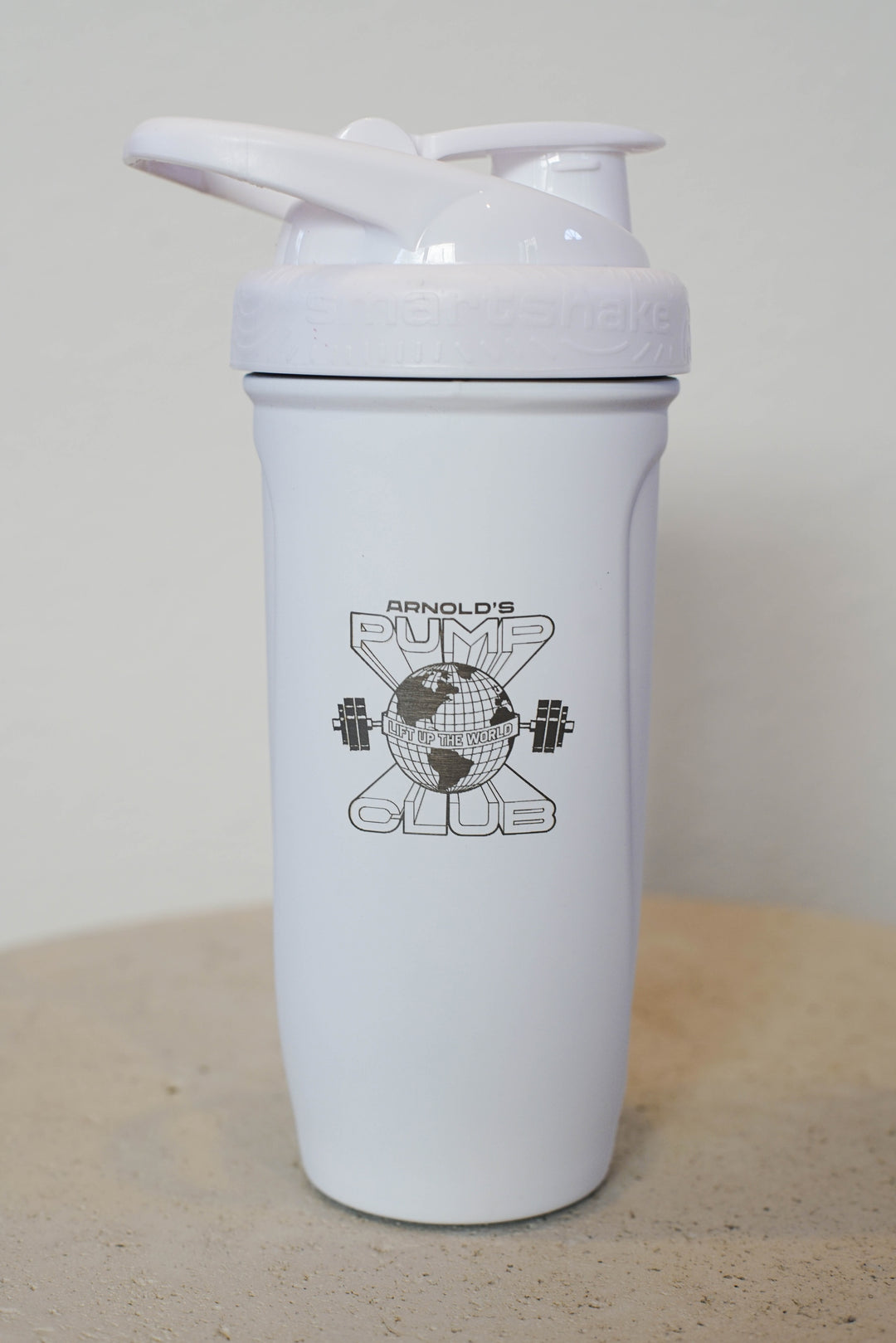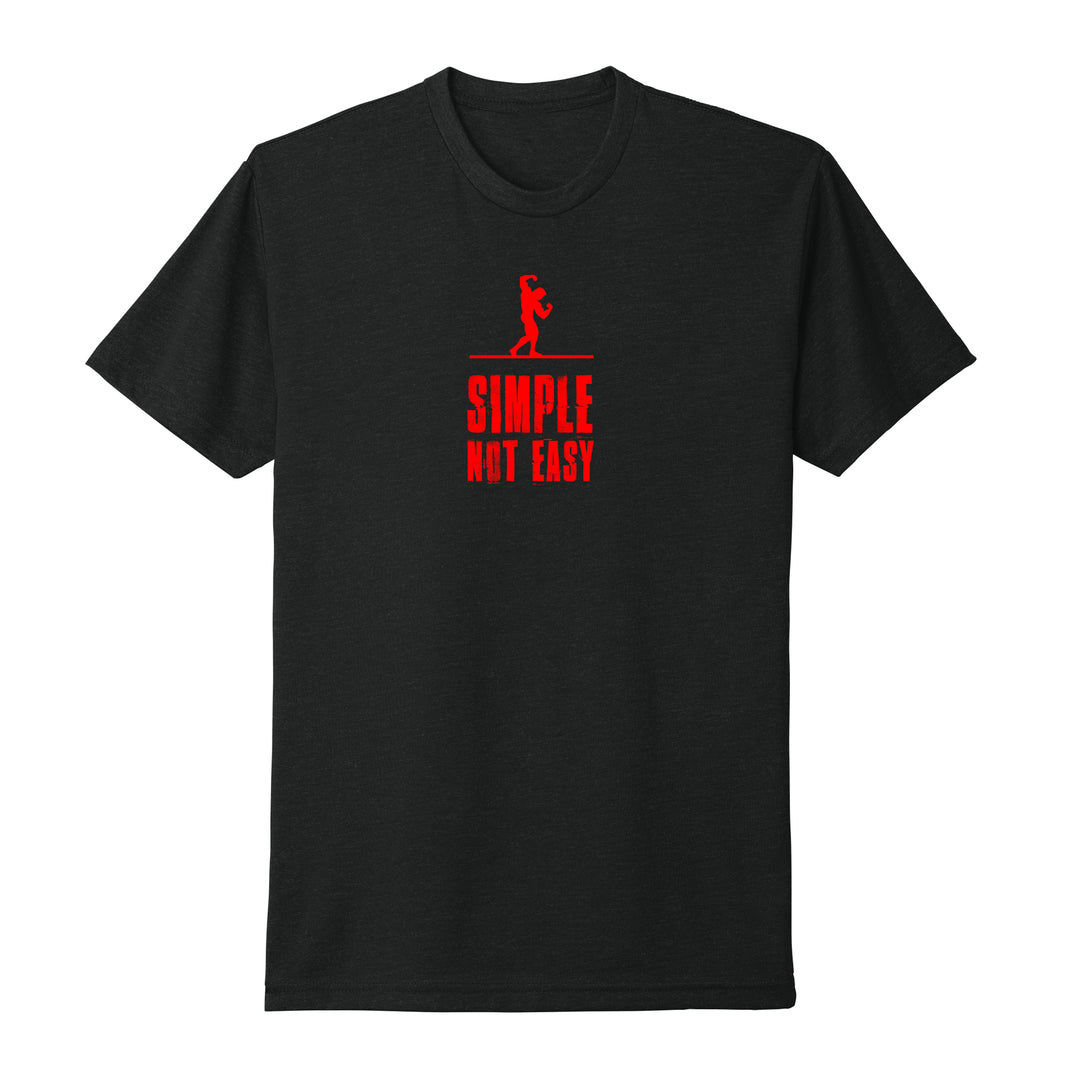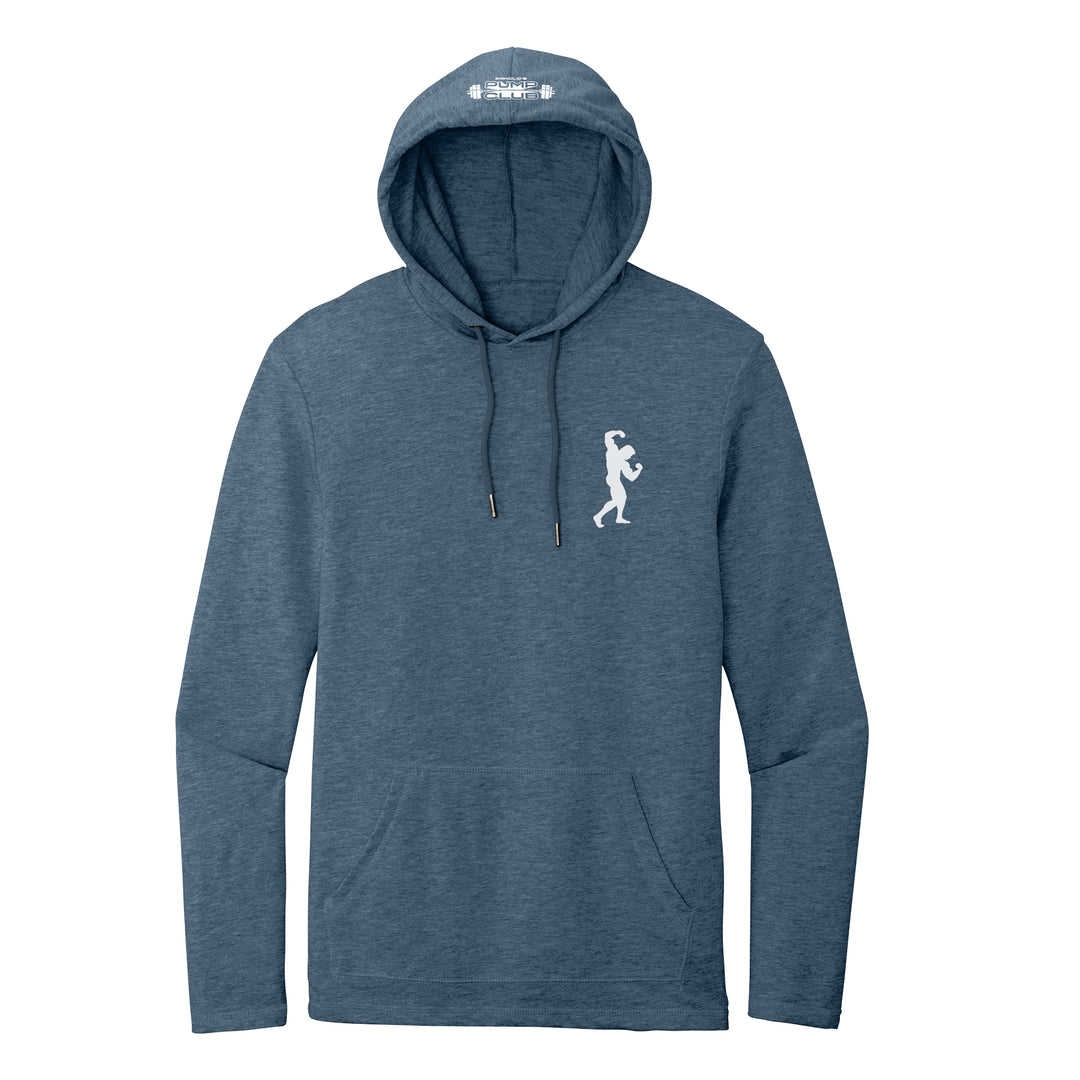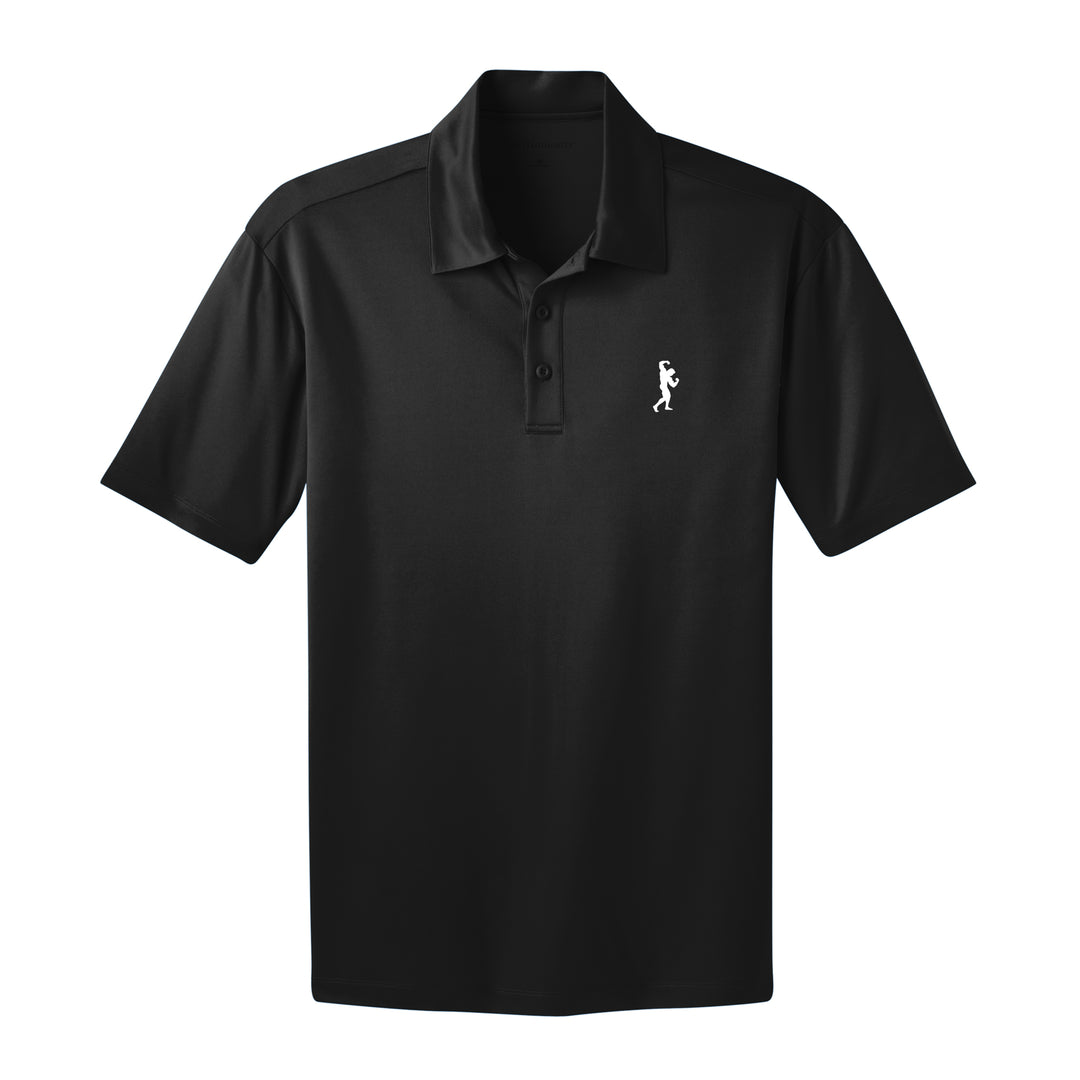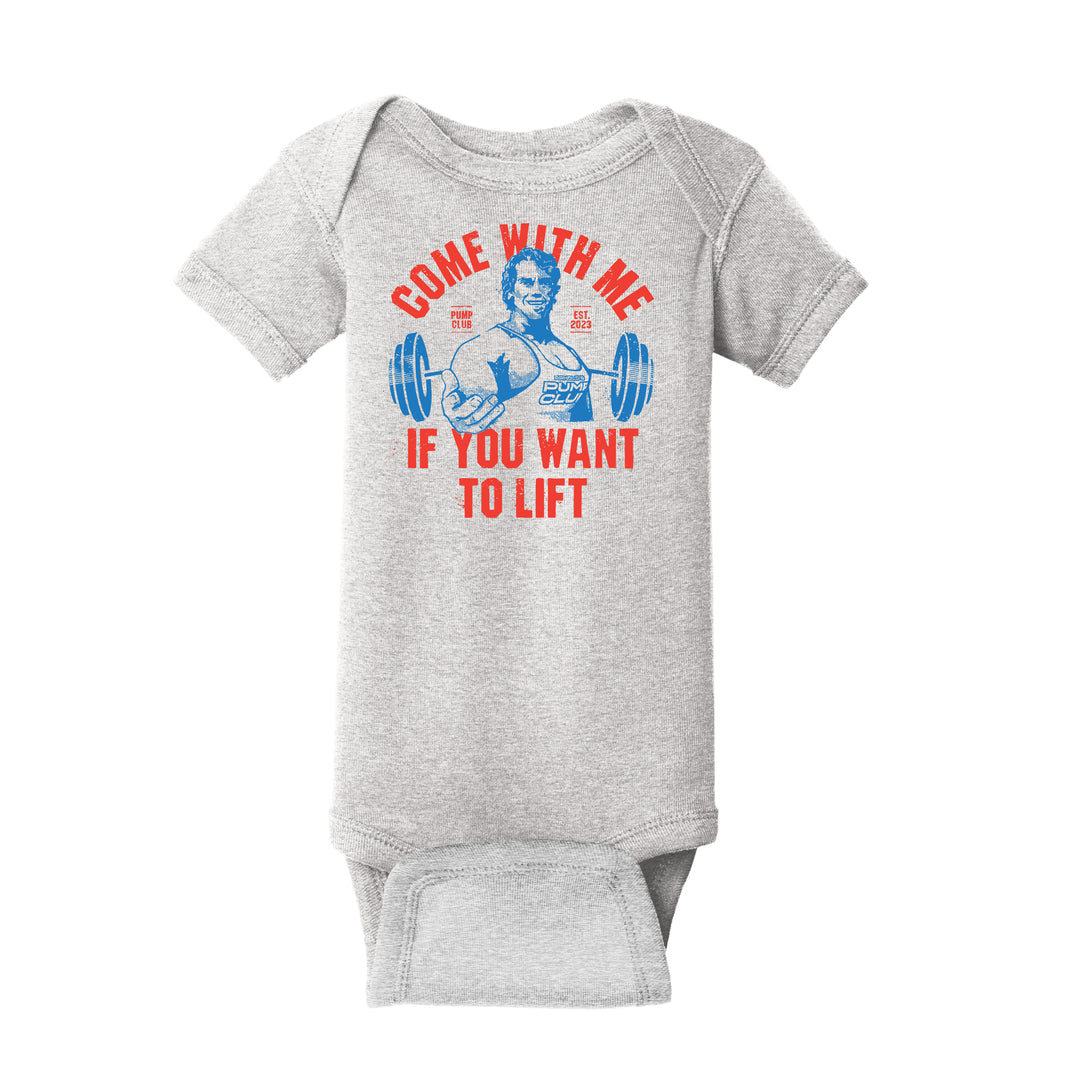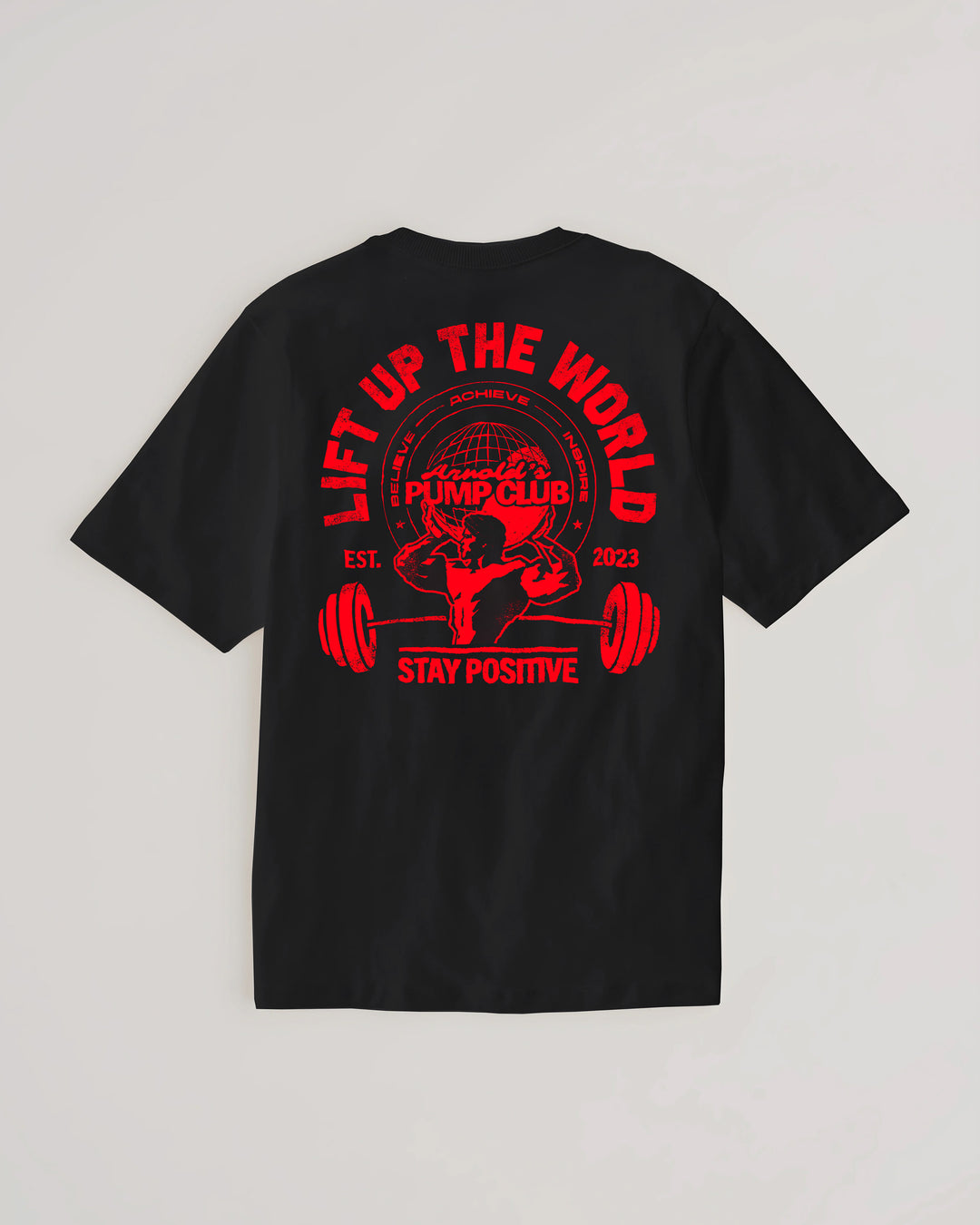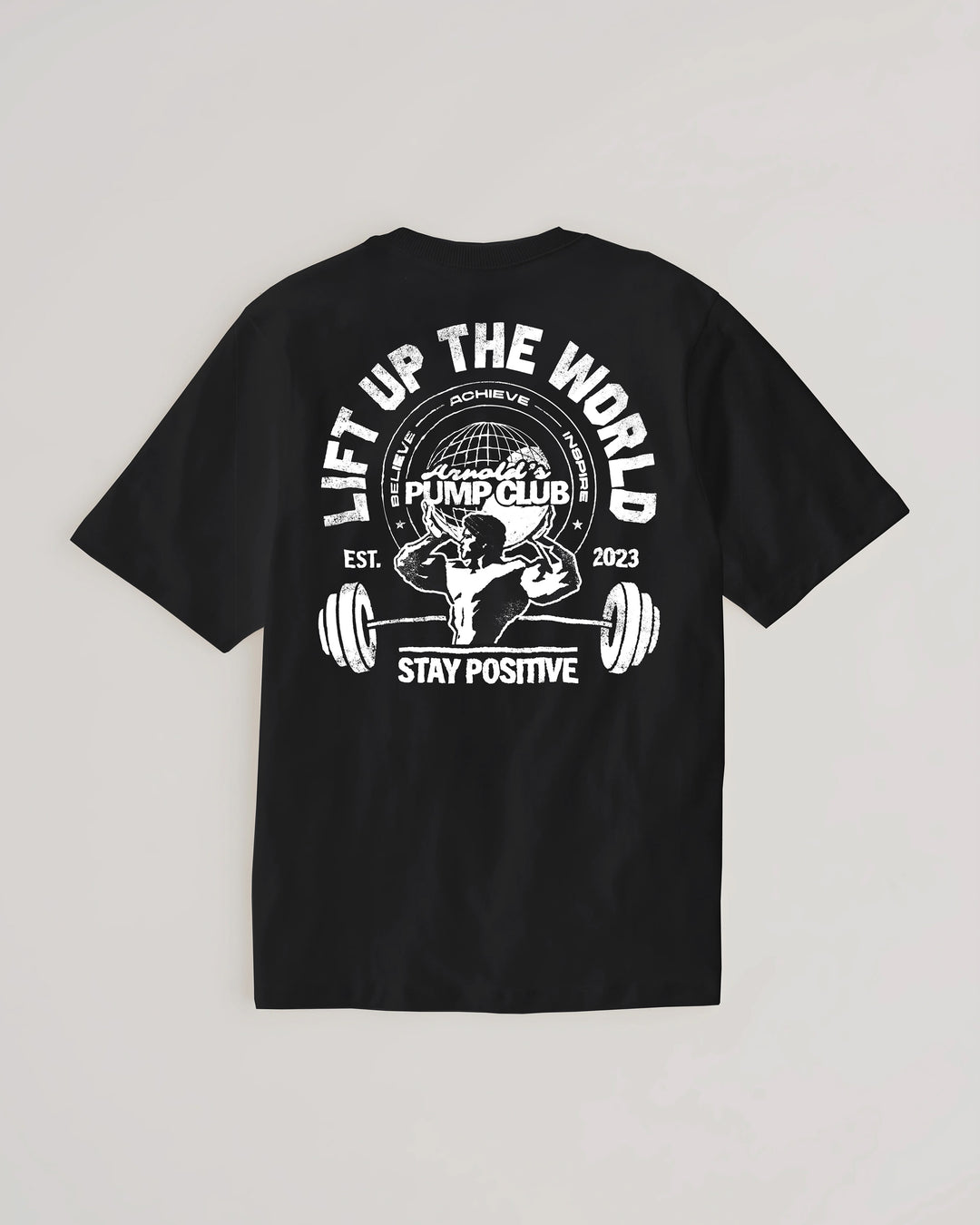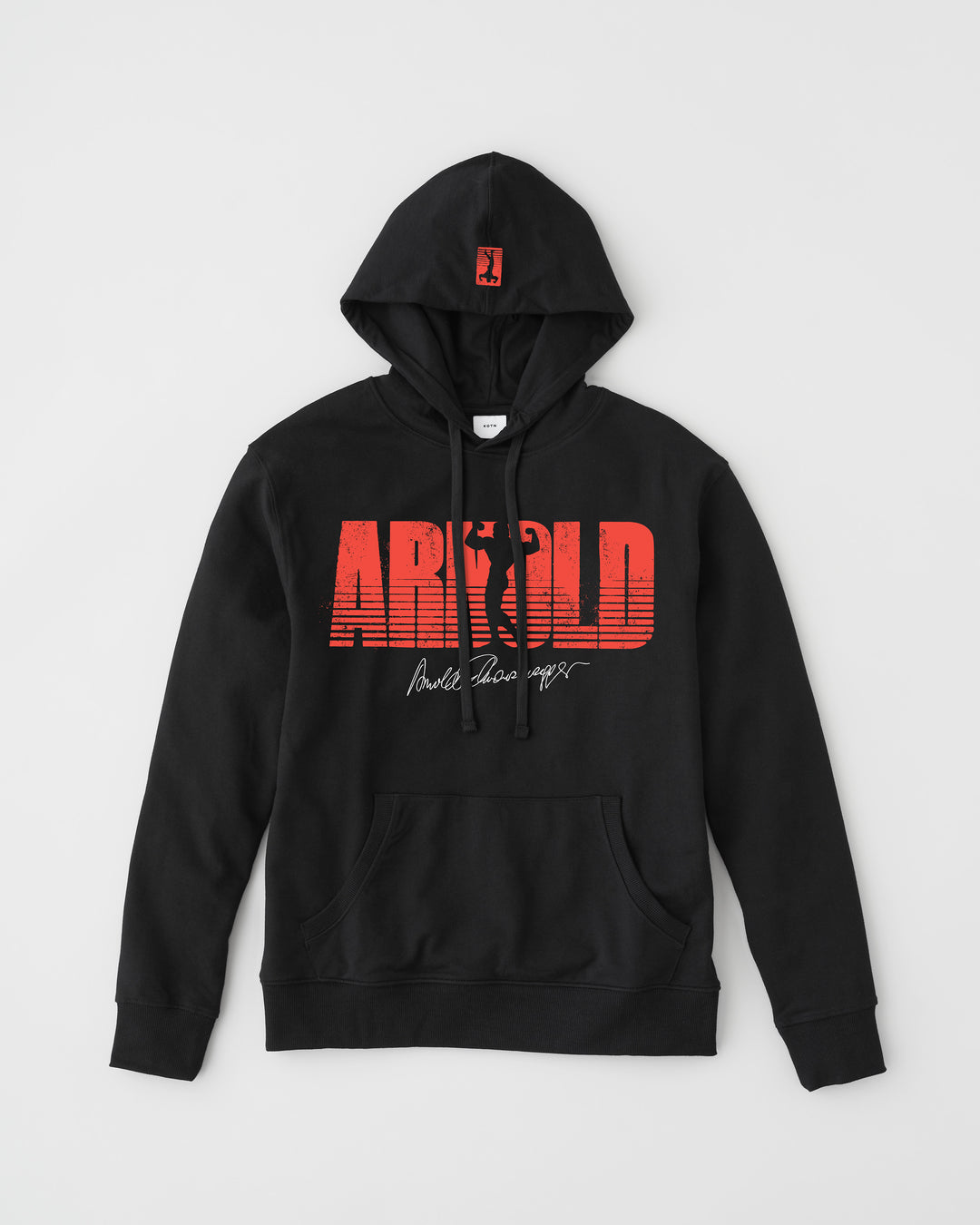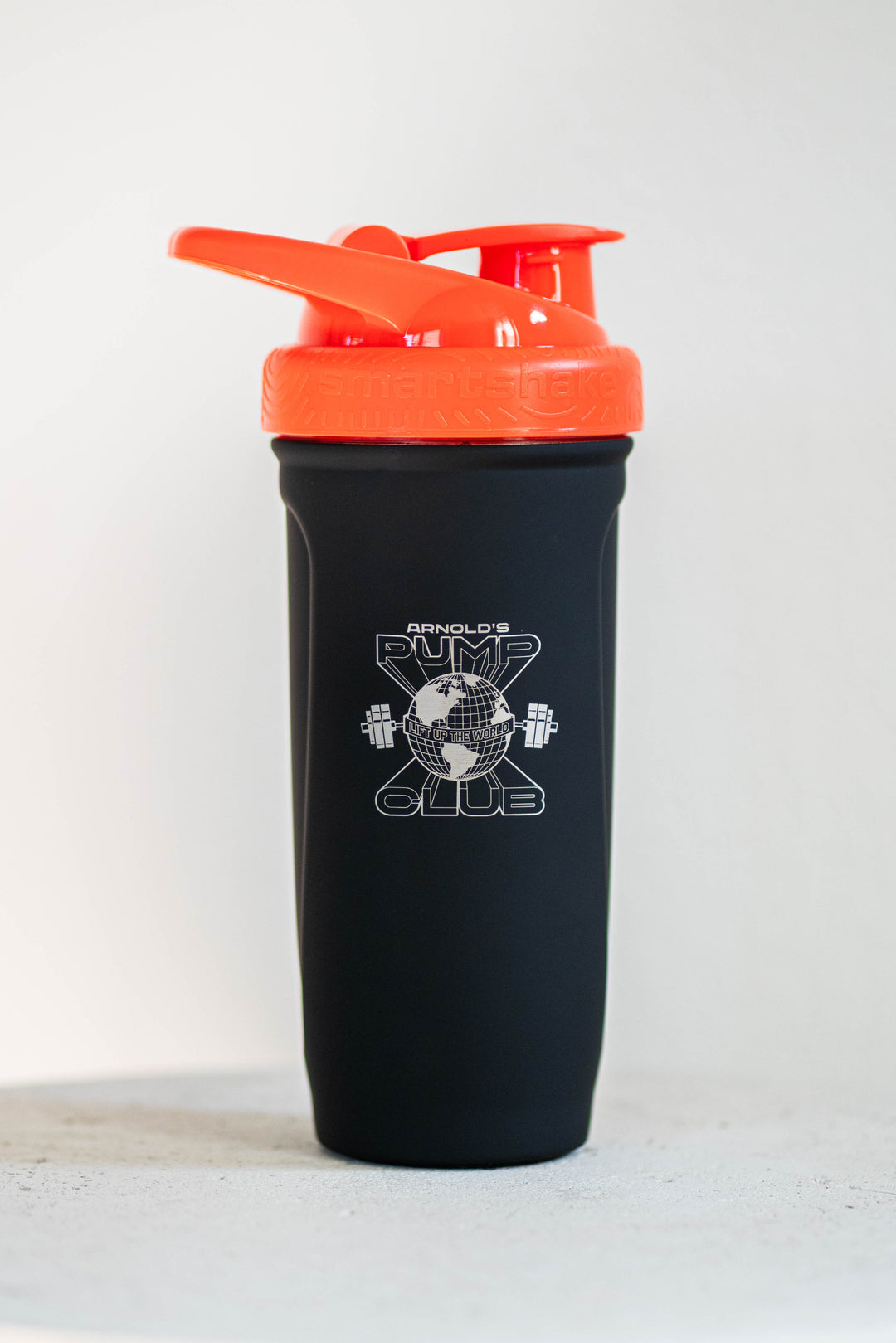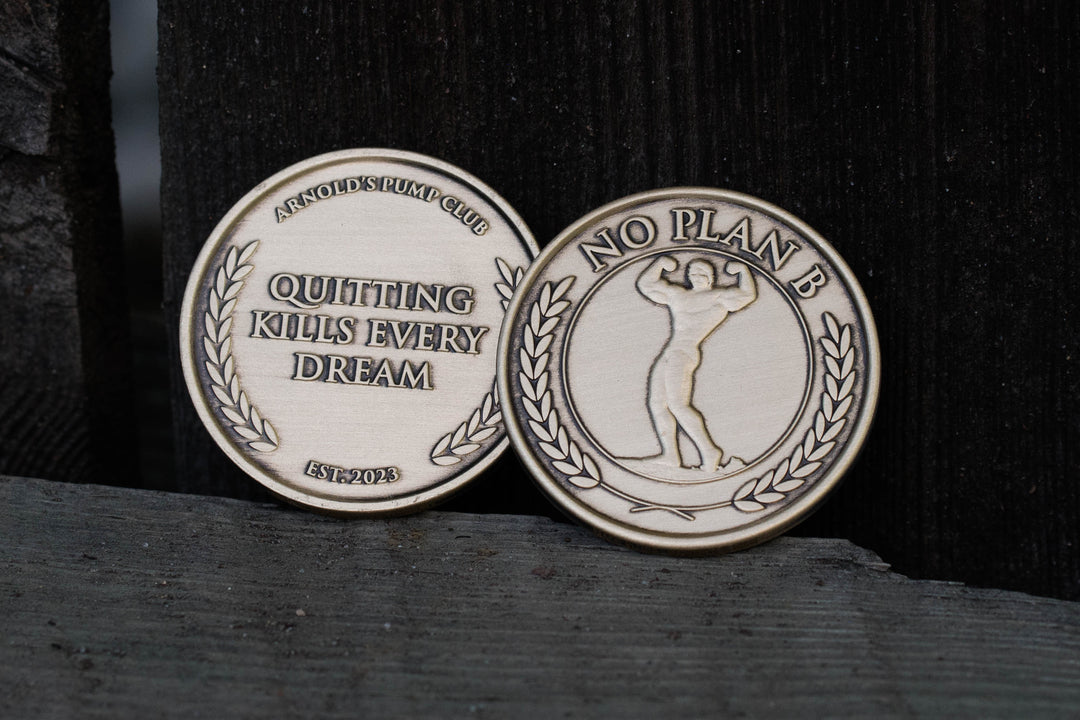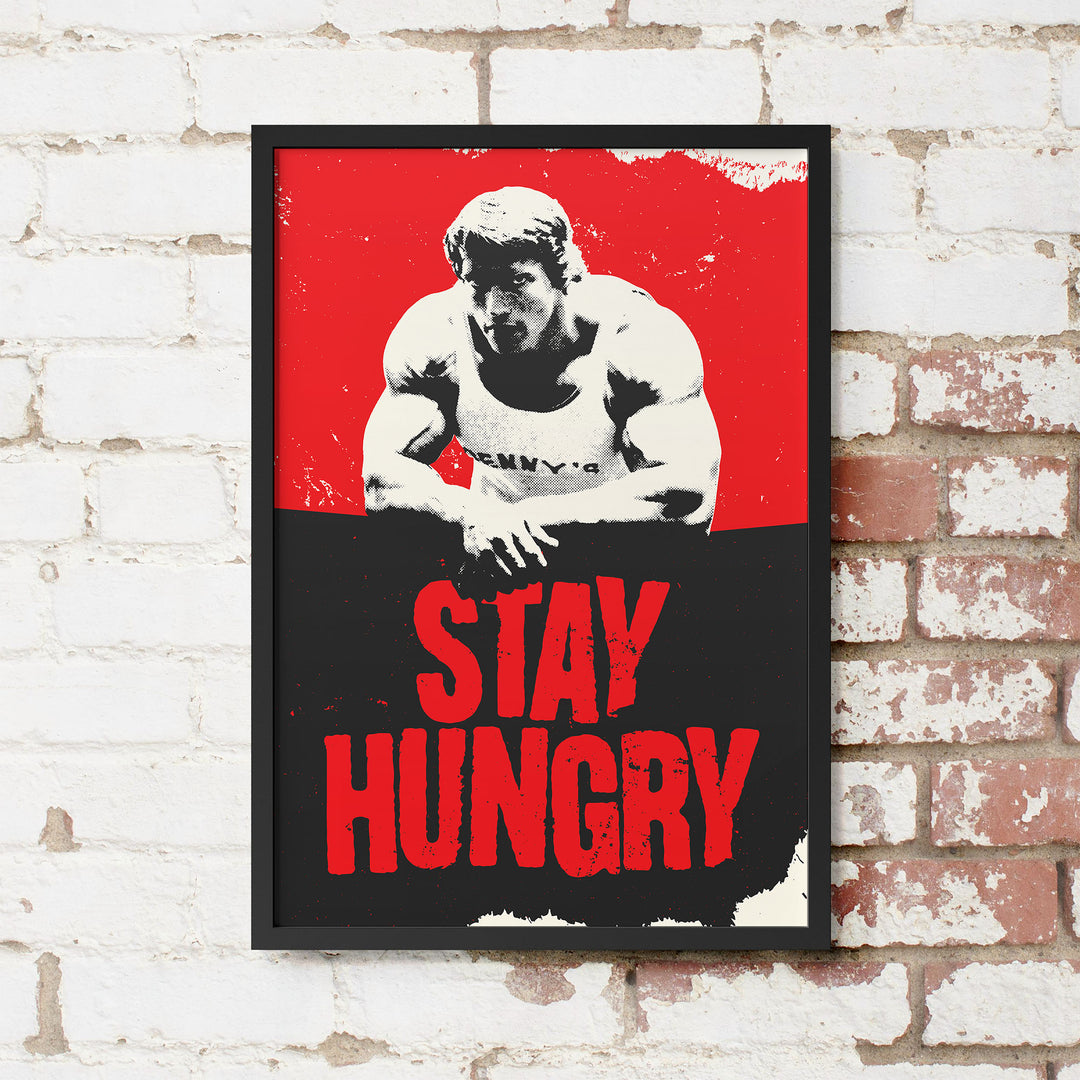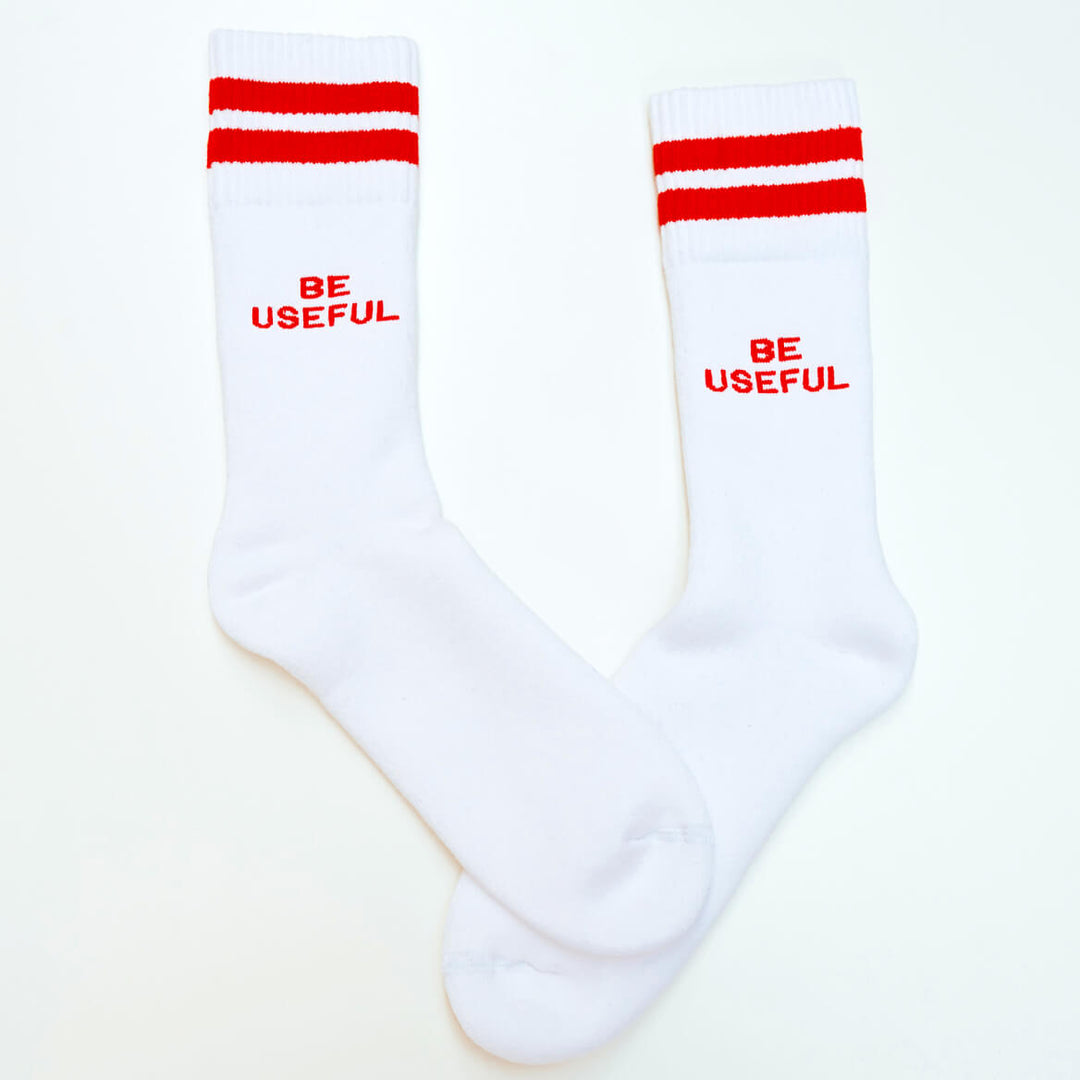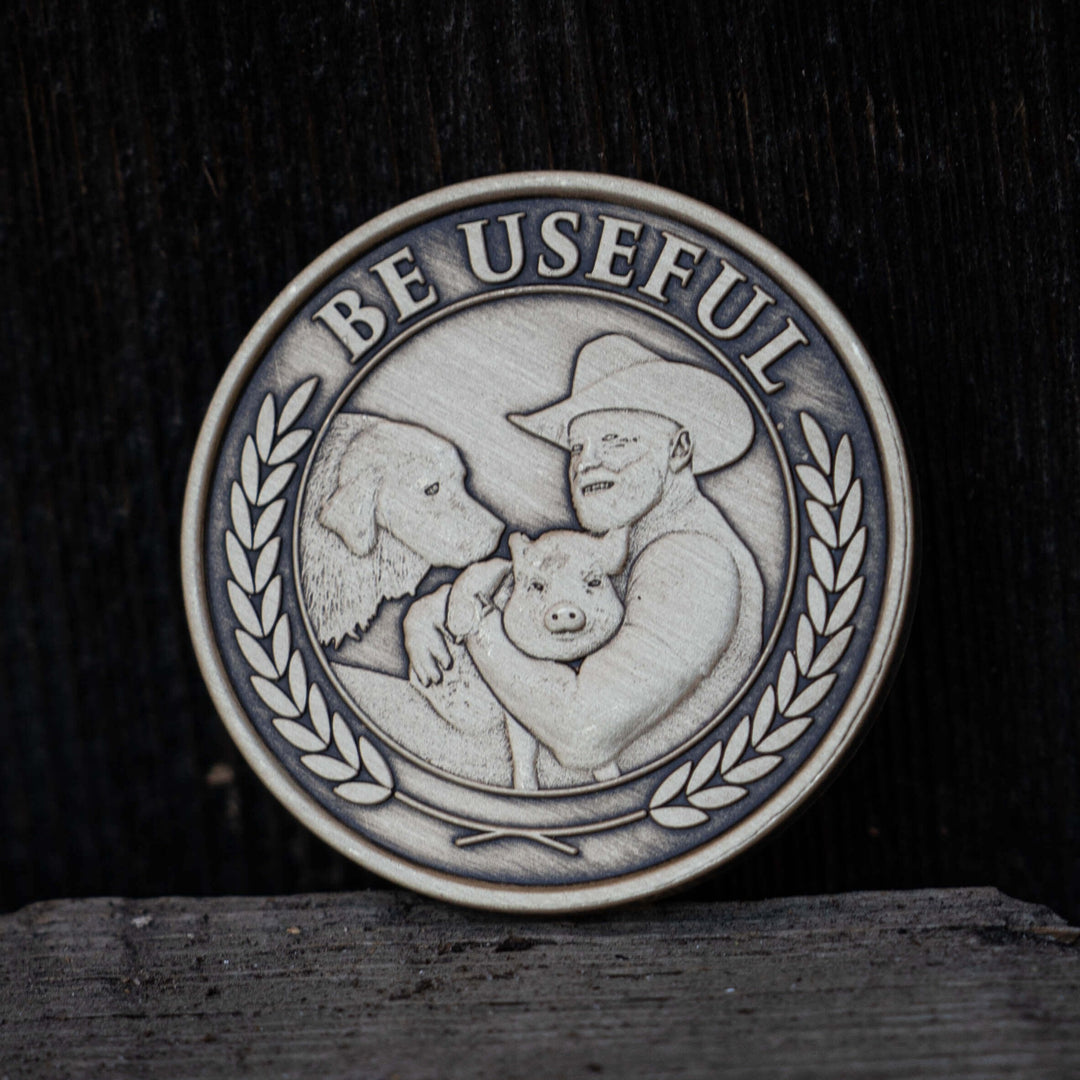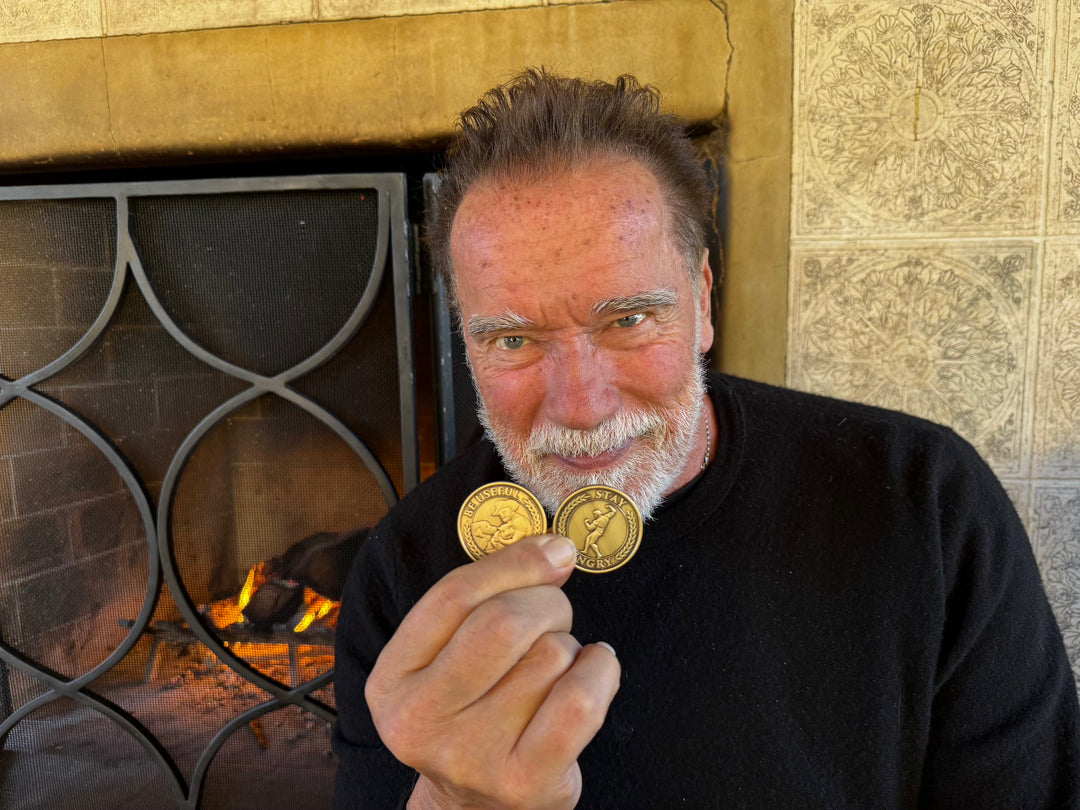Welcome to the positive corner of the internet. Every weekday, we make sense of the confusing world of wellness by analyzing the headlines, simplifying the latest research, and offering quick tips designed to make you healthier in less than 5 minutes. If you were forwarded this message, you can get the free daily email here.
Today’s Health Upgrade
Monday motivation
Exercise and Alzheimer’s
Workout of the week
Arnold’s Podcast
Want more stories from Arnold? Every day, Arnold’s Pump Club Podcast opens with a story, perspective, and wisdom from Arnold that you won’t find in the newsletter. And, you’ll hear a recap of the day’s items. You can subscribe on Apple, Spotify, Google, or wherever you listen to podcasts.
Arnold’s Corner: Monday Motivation
I have been at the Arnold Sports Festival all weekend, visiting athletes from more sports than you could imagine, watching the professional bodybuilders and strongmen and women battle it out on stage, and meeting the members of our Pump family.
I saw amazing feats of strength and accomplishments. I saw the legends of bodybuilding — Ronnie Coleman, Lee Haney, Phil Heath, and Jay Cutler — and the rising stars bringing the sport to the next generation, like Sam Sulek. I saw regular people competing in their favorite sports. I got to hang out with Jocko again (don’t miss our podcast).
It was fantastic. It was the biggest Arnold Sports Festival ever.
But I couldn’t stop noticing that everyone I saw was smiling. They were happy. Nobody was frowning or complaining.
And I think I know why.
First, they were part of something. Everyone there had something in common: they were there because they love sports and fitness. It doesn’t matter if they loved medieval fighting, strongman, gymnastics, cheerleading, jiujitsu, ballroom dance, or bodybuilding. They were all united by a love of sports. They came together to cheer for each other, to meet each other.
There was connection, and there was community, which we know from studies we’ve shared in this newsletter about the rise of loneliness and how it’s something many people are missing today.
One of my favorite photos from this weekend wasn’t of a great pose or lift. It came from our Pump lounge, where all the members of the app could hang out and meet each other and take a break from the packed convention. All weekend, the village was making real-life connections outside of the app. And they sent us this amazing photo. Daniel, Adam, and I weren’t even involved — they did this on their own.
One of our members, James, has had an unbelievable transformation and brought a photo of himself from before he started to celebrate. The Pump village — and maybe after this weekend, it’s more of a family than a village — all came together to celebrate him.

Isn’t that incredible? These people didn’t know each other in person before this weekend. And here they are, genuinely happy for someone they just met, lifting him up.
They know they aren’t alone. Everyone who came to the Arnold Sports Festival knows they’re not alone.
They have a community behind them, and that’s one of the fastest ways to terminate negativity.
There is one other thing: everyone smiling throughout this weekend (and that includes me, by the way) was so positive.
They’re doing something. They have a mission and a purpose. Again, it doesn’t matter whether they dance or lift or fight with swords. They’re doing something.
The power of doing something — anything — for your physical fitness is unmatched. We know that it doesn’t just transform your body; fitness transforms your mind. We’ve shared the studies about how fitness helps fight depression and anxiety.
I think there’s a simple reason. First, you have your mission. Second, every time you wake up and train, you’ve started your day with an accomplishment. Even if you didn’t do anything else, you did something. And that is powerful.
Just do something. I do not care what you do. You don’t have to train like me. Find a way to move, and test your body regularly that you love, and do it.
I want to thank everyone who came this weekend for inspiring me. I want to thank all of our sponsors for helping to make the event a success. I want to thank our athletes.
And I want to thank our Pump family. The thousand of you who showed up demonstrated both of these lessons perfectly. You aren’t alone. And you have a mission.
Thank you to everyone for a fantastic weekend.
Does Exercise Reduce Your Risk Of Alzheimer’s?
We believe that any type of movement is beneficial. But some types of exercise offer more benefits than others.
Research suggests that resistance training could help protect you from developing neurodegenerative diseases like dementia.
Dementia and Alzheimer’s are complicated disorders, but we’re starting to learn more about their development. Studies suggest that your hippocampus — an area of your brain responsible for learning and memory — is targeted by neurodegenerative disease. Resistance training appears to protect against — or completely prevent — atrophy in that region, which could help protect against Alzheimer’s. Insulin resistance is also linked to Alzheimer’s, and resistance training helps improve insulin sensitivity.
These findings apply to everyone, but the need to pump iron might be even more pressing for women. Research suggests that physical inactivity is a greater risk factor for cognitive disorders in females. One study tracked women for 44 years and discovered that the least active participants were the most likely to develop dementia later in life. Brain scans have found fewer biomarkers of Alzheimer’s in active individuals compared to those who move less.
Even if you have a genetic trait that increases the chances of Alzheimer’s, twin research found that lifestyle and environmental factors make up a significant percentage of what determines getting diagnosed. In other words, your genes have a big say, but training, a good diet, and other healthy habits can influence or change your destiny for the better.
If you want to start protecting your brain, commit to at least two or three weekly resistance training workouts. The workout doesn’t need to be long, but it should be intense and challenge your muscles. If you need a place to start, try the workout of the week below.
Workout of the Week
Last week’s workout was so popular that many of you requested something similar. The simplicity of having a program that forced you to become stronger almost instantly made it feel like we granted a superpower. In reality, we just used smart programming to show you how you could unlock more of your potential.
Here’s another program that will challenge all the muscles in your body and “trick” your body into doing more than you thought possible.
Step 1: Pick four movements that cover all the basic movement patterns.
Movement one: push (think chest press, overhead press, pushup, etc.)
Movement two: pull (row, pullup, inverted/bodyweight row, etc.)
Movement three: squat (barbell squat, single-leg squat, bodyweight squat, etc)
Movement four: hinge (any deadlift variation, swing, or hip thrust/glute bridge)
Step 2: Pick two exercises you’ll perform during one workout and two exercises you’ll do for another. For example, you might combine a chest press and a row (this would be an all-upper body day) or a pushup and bodyweight row (if you’re doing bodyweight only). Or, you might combine a pullup (upper body) and a barbell squat (lower body).
You can combine any two pairs but don’t duplicate the exercises. So, the two exercises you perform for your first workout (workout A) will be different from those you perform the next time you exercise (workout B). Build a workout schedule once you’ve created your two pairs of two exercises. It will look like:
Workout A
Day off
Workout B
Day off
Workout A (and so forth)
Step 3: Find a weight you can perform for six reps for each exercise (you won’t use the same weight on each exercise). This might take some trial and error or estimates based on previous workouts. You can use barbells, dumbbells, kettlebells, bands, or even a weighted backpack or ruck.
Step 4: Begin the workout by performing four reps of the first exercise, then four reps of the second exercise (remember, you’re using a weight you could do six times, so you’re leaving two reps in reserve). Then, do two reps of the first exercise and two of the second. Finally, do three reps of first exercise, and three reps of the second exercise.
If you were doing a press-and-pull combination, it would look like this:
Chest press: 4 reps
Row: 4 reps
Chest press: 2 reps
Row: 2 reps
Chest press: 3 reps
Row: 3 reps
That’s one round.
Rest for three to five minutes.
After you rest, repeat that same pattern another one to four times for a total of two to five rounds. And that’s your workout.
Even though you’ve selected a weight you can normally do for six reps, you’re manipulating the rep scheme to do nine reps in a round.
And then you’ll repeat the process with your other pair of exercise on the next workout.
*Note: if you’re doing bodyweight exercises, you can wear a weighted vest, ruck pack, or fill a backpack with books to make it heavier.
Give it a try, and let us know what you think!
—
Publisher: Arnold Schwarzenegger
Editors-in-chief: Adam Bornstein and Daniel Ketchell


